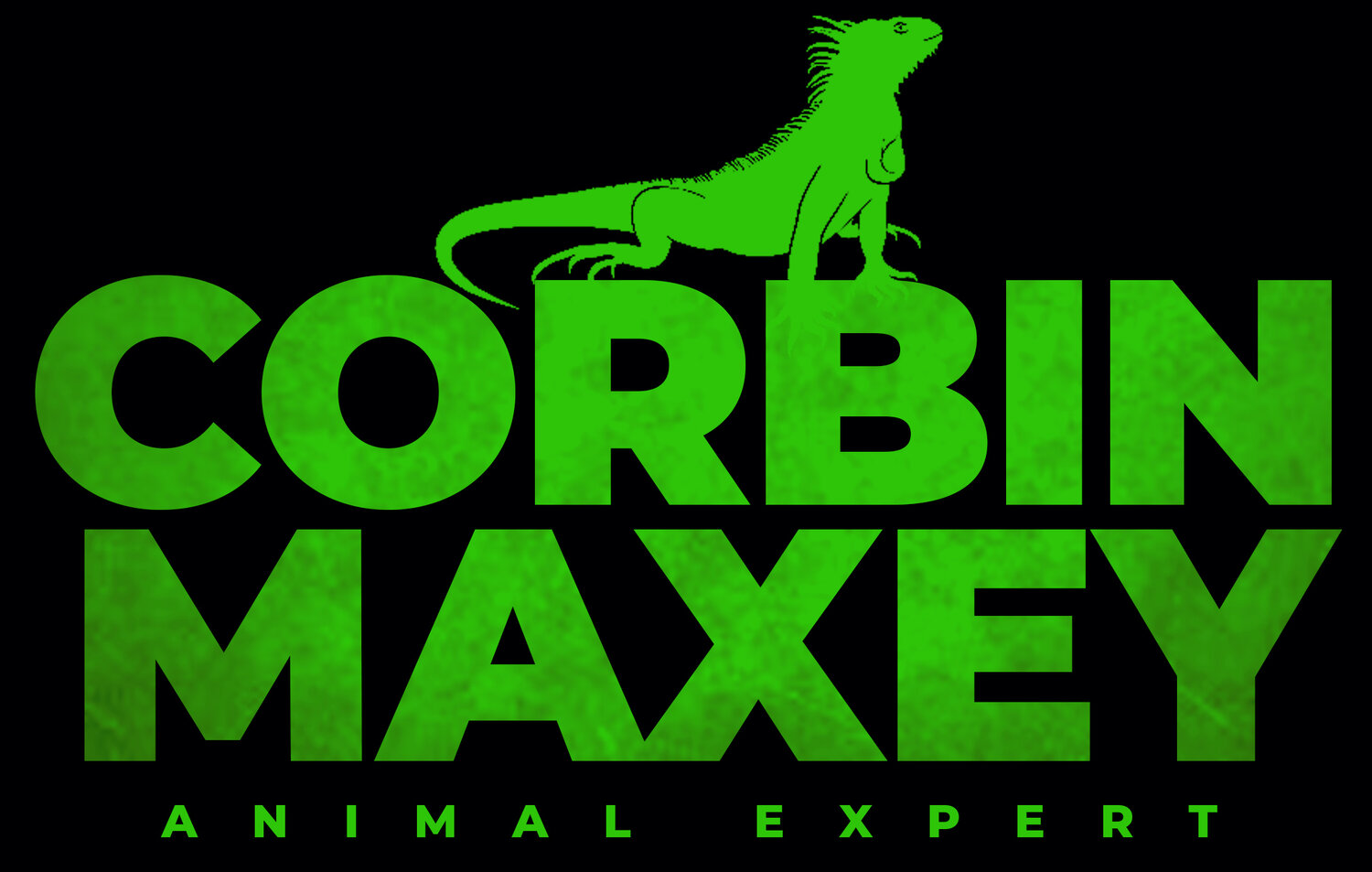 As I’m sitting down now writing the conclusion about my adventures in the Seychelles it seems as if it took place years ago…In reality just months a ago I was literally half way around the globe working with wild tortoises, observing birds, and in this case snorkeling! Take a look as I wrap up my stay in the Seychelles…
As I’m sitting down now writing the conclusion about my adventures in the Seychelles it seems as if it took place years ago…In reality just months a ago I was literally half way around the globe working with wild tortoises, observing birds, and in this case snorkeling! Take a look as I wrap up my stay in the Seychelles…

On the boat ride to Curieuse (the last island we would visit) our guide immediately started screaming “Land Iguana, Land Iguana!!!” I was a little confused because iguanas are not native to the Seychelles…It took me a minute to figure it out! Try to find the iguana in the picture.

Curieuse is home to the largest land tortoises I’ve ever seen! While everyone in our group ate a lunch consisting of fish and carrots I opted to bring the camera and get some footage of this large male. Take a look here: http://www.youtube.com/watch?v=ecBtH2cYPqA

On the island there is a tortoise facility where young tortoises are raised until they are big enough for life out in the wild. They even had this humorous sign set up outside to help explain the tortoise life cycle! Something you would NOT see at a US zoo!

One of the main reasons why people visit Praslin is Vallee De Mai. It’s a nature reserve that resembles what prehistoric forests looked like millions of years ago.

The main attraction here is the Coco de Mer Palm Tree. Its nut is the largest in the world and is sought after by many. Matter of fact you can purchase a nut here for hundreds sometimes thousands of dollars. Each one has its own permit and special license!

Walking the red dirt trails being surrounded by millions of years of growth made me feel like I was in Jurassic Park! Every corner we turned I was waiting to be stumbled upon by a giant velociraptor!

The very last day in the Seychelles we were followed by a local camera crew. The locals here found it so interesting to see Americans that they turned our visit into a TV special. Oddly enough I was chosen to be interviewed about my time in the Seychelles working with Aldabra Tortoises!

After my interview I did what anyone else would do to get around the island: Hitch a ride! There is very little crime here and for the most part people are extremely nice. I had no trouble finding transportation to get from one place to another.

I hitched a ride all the way to the Praslin Museum: home of the endemic Seychelles Fruit Bat. I was determined to get footage of these unique mammals and this was the perfect place to do so.

Were these guys cute or what? I could not get over how awesome it was to work with these animals in real life. The most interesting fact I found out was that these bats were completely wild and could come and go inside the cage as they pleased. Obviously they were here for the fresh fruit!

I had to get one last picture of dinner! To this day I have not missed the food from the Seychelles!

Words cannot even describe the experience I had while visiting the Seychelles. One has to visit this remarkable place to completely comprehend its beauty and all the endemic animals that call it home.
Thank you so much for reading about my adventures in the Seychelles. I hope you have taken away something from these blogs whether it was learning about the giant tortoises or that I absolutely cannot stand sea food!
Until next time….
 I always tell people the worst thing about working with animals is dealing with death. It’s a fact of life and when you are surrounded by animals 24/7 it’s inevitable. I’ve been very fortunate; the majority of my animals are long lived and I have not suffered a severe loss in years….until now. One of my beloved emus Cosmo passed away last week…
I always tell people the worst thing about working with animals is dealing with death. It’s a fact of life and when you are surrounded by animals 24/7 it’s inevitable. I’ve been very fortunate; the majority of my animals are long lived and I have not suffered a severe loss in years….until now. One of my beloved emus Cosmo passed away last week…











































